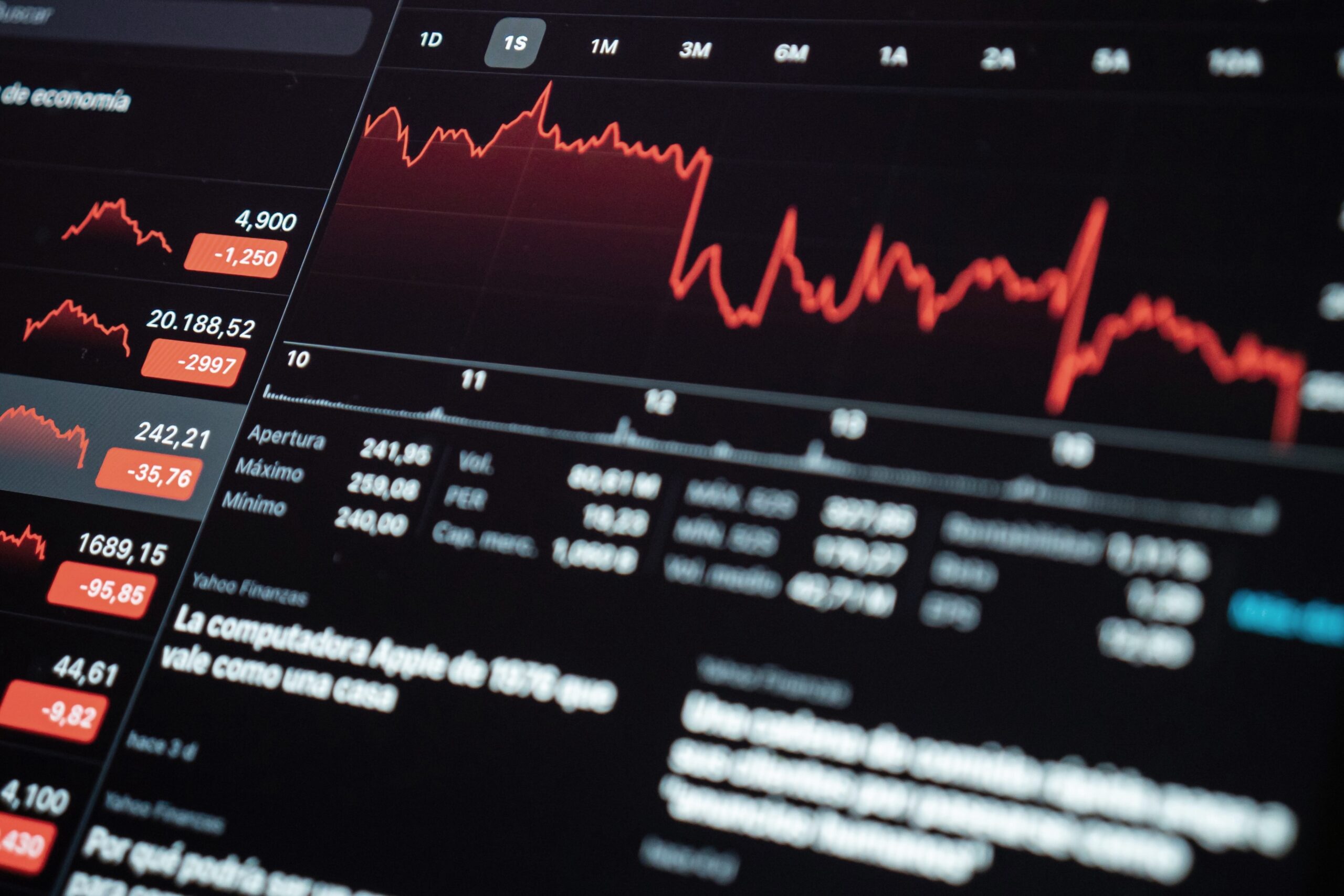Share price development part 3: And then there are alternatives.

As explained in the first part of this blog series, the stock price/earnings ratio (P/E ratio) gives a first indication regarding the attractiveness of a stock investment. A low P/E ratio corresponds to a favorable valuation; but even a stock with a high P/E ratio can be attractive if the growth prospects are high enough.
The current average P/E ratio of US equities is neither particularly high nor particularly low, at 22. However, since earnings have not risen in recent months, the positive share price development – more than 25% since the low in October 2022 after all – is entirely due to an expansion in valuation.
Looking at the expected development of earnings, we see that a further decline in these is more likely. In the second part of this blog series, this was shown on the basis of the development of producer confidence. Against this backdrop, a P/E ratio of over 20 can certainly be placed in the realm of overvaluation; at the very least, the valuation expansion cannot be explained by earnings development. If we also look at the attractiveness of equities compared with other asset classes, this picture does not brighten up either.

If you turn the P/E ratio upside down, you get the earnings yield for shares. This indicates how much profit the stock investor receives per unit of value invested. This figure can be compared with the yields on fixed-interest securities or the interest rates on financial investments.
Observing these ratios for the US market, we see that money market investments have been yielding better than equities since April 2023. The yield on corporate bonds has also exceeded the yield on equities for two months now. If one also considers the generally higher risk of equity investments, it can be stated that equities not only seem relatively expensive at present, but that lower-risk investments even yield better returns. While this picture applies to the US market, European equities currently (still) have a yield premium compared with bonds and money market investments. However, this has also narrowed significantly, and further interest rate hikes will contribute to a further narrowing. Not only have equities become much less attractive – there are now also attractive investment alternatives in the fixed-income segment.
